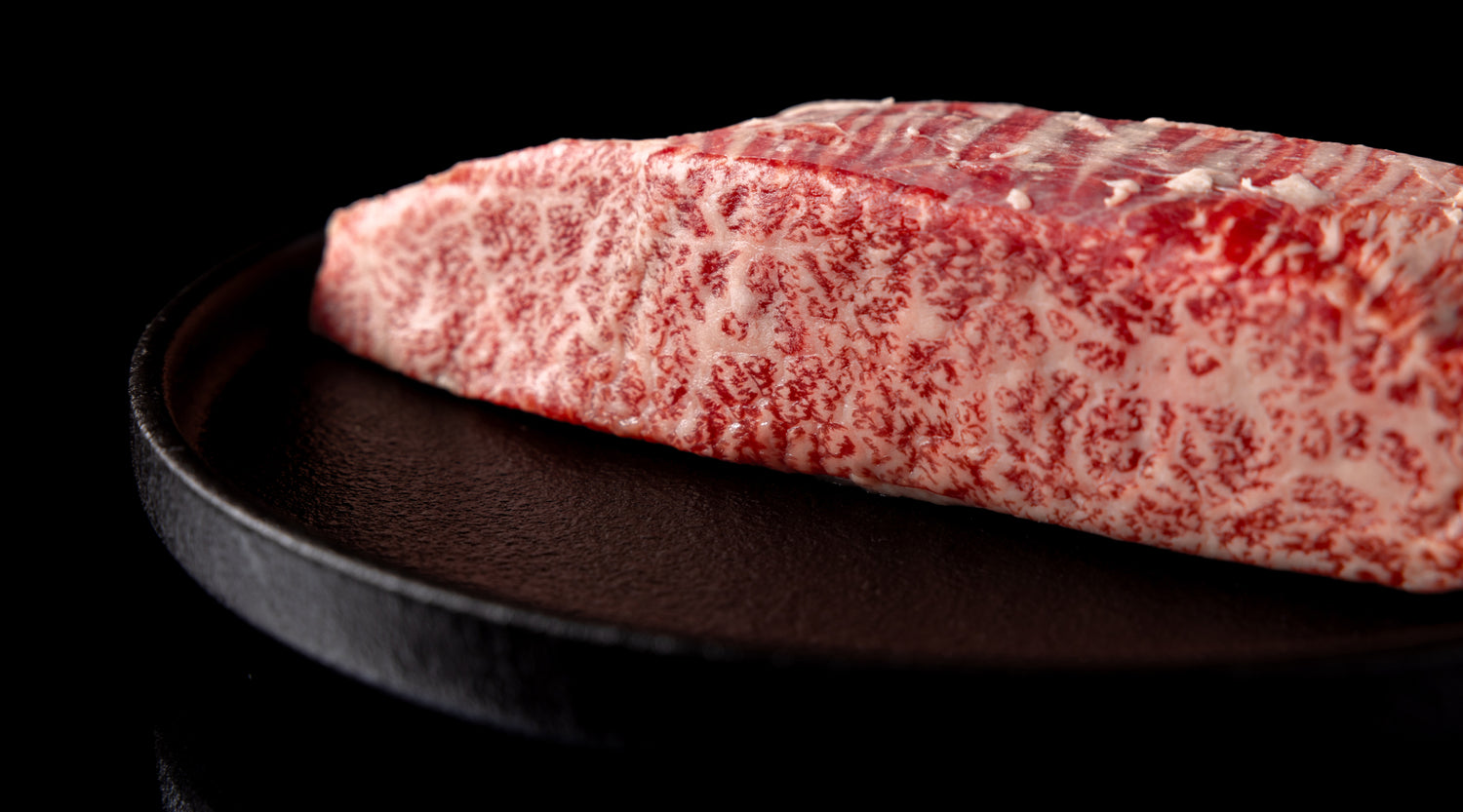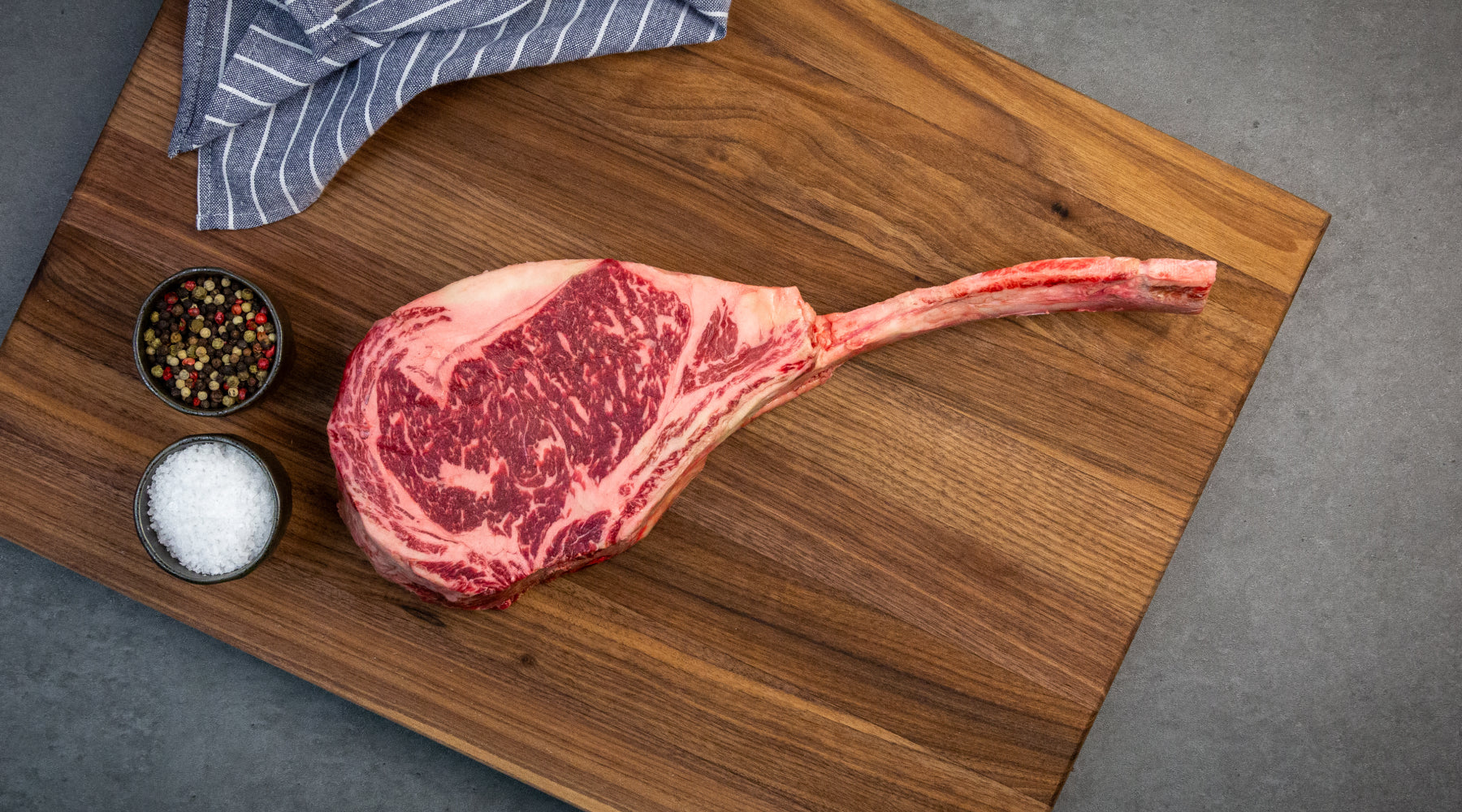We’re diving into the world of beef grading and what it means for your steak selection. One of the key components of beef grading is the Beef Marbling Score (BMS), a measure of the intramuscular fat content in a cut of beef. Let’s break it down and explore how to use this information to select and cook the perfect steak.
What is Beef Marbling Score (BMS)?
Beef Marbling Score (BMS) is a grading system used to evaluate the amount of intramuscular fat (marbling) in a cut of beef. Marbling refers to the white flecks and streaks of fat within the muscle fibers of the meat. The higher the marbling, the more flavorful and tender the meat tends to be.
To determine the grade, a sample is taken from the cross section of the ribeye is taken, typically between the 12th and 13th rib. Trained graders assess the marbling based on the amount and distribution of intramuscular fat within the muscle, along with other factors such as the color and size. The marbling is then assigned a score ranging from 1 (minimal) to 12 (abundant).
Here's a basic overview:
- BMS 1-3: Minimal marbling; these steaks are leaner, offering a firmer texture with less juiciness.
- BMS 4-5: Slight marbling; a good option for those seeking a balance between leanness and flavor.
- BMS 6-7: Moderate marbling; expect a noticeable increase in tenderness and flavor.
- BMS 8-9: Abundant marbling; steaks with these scores are richly flavored and exceptionally tender, ideal for special occasions.
- BMS 10-12: Exceptional marbling; often associated with high-end cuts like Wagyu or Kobe, offering an unparalleled melt-in-your-mouth experience.
Is BMS the same as A5 and USDA? Similarities and Difference
- A5 Grade: A Japanese beef grading system, with A5 being the highest grade, indicating the highest level of marbling, yield, and tenderness. The 'A' & '5' are used to indicate the total yield (A, B, or C) and the BMS graded from 1-5 (5 means the BMS is between 8-12). Check out this curated collection of Premium Japanese Wagyu.
- USDA Grades: Used in the United States, USDA grades (Prime, Choice, Select, etc.) also consider factors like maturity, texture, and color in addition to marbling. Check out this curated collection of Premium American Beef.
How do I know which grade of beef to choose?
It all comes down to your personal taste–no pun intended. However, here's a general rule of thumb when you're thinking about which steak and grade to choose.
- When cooking hot & fast (grilling, searing, etc.) or low & slow (smoking meats), its typically best to choose cuts with moderate to high marbling (6-12) or USDA Prime for maximum flavor and juiciness. A higher BMS means a juicer steak, but it also means more fat. It'll be harder to perfectly cook these cuts as they're more prone to flareups, but it's well worth it.
- For other slow cooks, like braising or stews, opt for cuts with slightly lower marbling as the longer cook times will tenderize the meat for you.
As mentioned, this is just a guide. When cooked properly, any cut can be delicious, regardless of grade.
Cooking Tips Based on Cuts and Grades
- Ribeye: Best suited for grilling or pan-searing due to its high marbling content. Cook to medium-rare for optimal flavor and tenderness.
- Filet Mignon: A leaner cut, ideal for pan-searing or roasting. Cook to medium for a balance of flavor and tenderness.
- Strip Steak: Versatile cut suitable for grilling, broiling, or pan-searing. Cook to medium-rare for maximum juiciness.
Mistakes to Watch Out For
- Overcooking: Higher marbling can withstand slightly higher cooking temperatures but still benefits from being cooked to medium-rare or medium to avoid toughness.
- Ignoring Grade: Choosing a lower-grade steak may result in less flavor and tenderness, so it's essential to pay attention to the grading system.
Conclusion
Understanding Beef Marbling Score (BMS) and other grading systems empowers you to make informed decisions when selecting and cooking steak. Whether you prefer a leaner texture or crave maximum flavor and tenderness, there’s a perfect cut and grade waiting for you to savor. So, next time you’re shopping for some steak, use this knowledge to elevate your steak experience. You can explore an amazing selection of some of the world's best award winning steaks in this curated collection here. Happy cooking!



Leave a comment
All comments are moderated before being published.
This site is protected by hCaptcha and the hCaptcha Privacy Policy and Terms of Service apply.